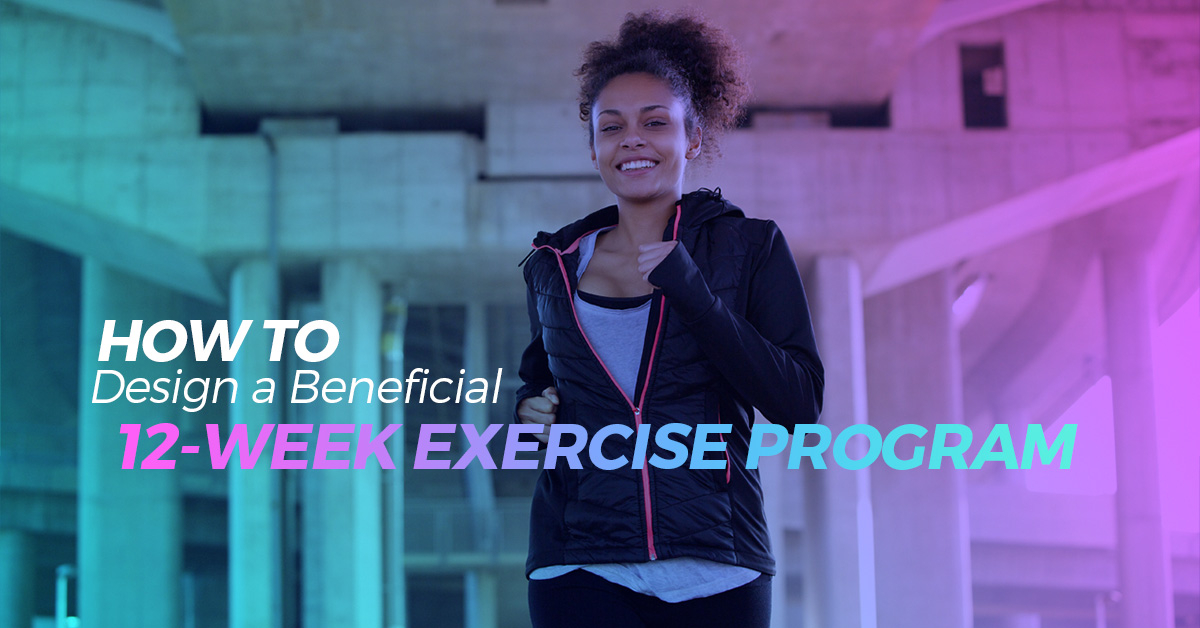Whatever the reason you exercise -- to train for your first triathlon, lose weight, or achieve a desired physique -- making the decision to move your body often and with intensity improves your overall health while adding years to your functional longevity.
Lifestyle Programs Tailored to Your Unique Genetic Profile

How to Design a Beneficial 12-Week Exercise Program
Today I’d like to dig a little deeper into that idea by exploring why exercise so important. I’m also going to help you understand how you can pinpoint which forms of exercise will work best with your unique physical makeup in light of a specific goal.
Basic Benefits of Exercise
Exercise has some well-known physical benefits: improving strength, increasing fat free mass, and aiding in weight loss.
It also improves aerobic capacity (the ability to sustain aerobic activity) and VO2 max, or the maximum amount of oxygen you can use during intense activity. The more you exercise, the more efficiently your heart and lungs become in supporting high level activity.
There are also less noticeable benefits to exercise such as combatting muscle atrophy and age-related risks for disability and disease while improving bone health, blood pressure, insulin sensitivity, and your lipid profile.
Exercise also has benefits for emotional and mental health. It improves memory, mood satisfaction, and self-confidence, boosts energy and libido, and promotes deeper, more restorative sleep.
Assessments of Health
Some turn to the scale to determine progress, while others spurn it completely as an inaccurate assessment of physical health. The truth is that the number on the scale only tells a small part of the story. It is also important to take other measurements to determine whether what you’re doing is working, and how far you’ve come.
That is why I recommend that everyone embarking on an exercise regimen (which should be everyone!) define their goals, set expectations, note milestones and progressions, and formalize results. In many cases, individuals should consult with their doctor or health coach to make those measurements and determinations.
Some ways to assess your health:
- A subjective rating of overall quality of life and fatigue
- A complete genetic exercise and diet analysis
- A segmental body composition test (right and left legs, right and left arms and trunk) including skeletal muscle mass, dry lean or (fat free) mass, segmental intracellular and extracellular body water, visceral versus subcutaneous fat
- A basal metabolic rate calculation
Choosing the Type of Exercise Modality
There are many different types of exercise you can incorporate into your routine: cardio-respiratory training (you’ll often see this referred to as HIIT -- high intensity interval training -- or moderate intensity interval training), resistance training, combined training, or flexibility training.
While exercise affects those in the 18-30 year old age group differently than in the 65-80 year old group, for example, all age groups are positively affected with exercise.
Different types of exercise stimulate specific responses in muscle function:
- Aerobic exercise improves mitochondrial energy.
- High-intensity interval training rapidly improves aerobic capacity and cardio-respiratory fitness, increases VO2 max and fat free mass, and boosts insulin sensitivity and mitochondrial energy.
- Resistance training increases strength and reverses age-related declines in muscle, atrophy or sarcopenia as it also increases skeletal muscle mass, fat free mass and insulin sensitivity.
- Combined training methods offer many benefits of both aerobic and resistance training with lesser gains.
HIIT has the highest energy expenditure, followed by combined training and resistance training with the least energy expenditure. Lower or moderate intensity training may limit the training adaptations to exercise particularly with mitochondria.
How to Choose the Best Type of Exercise for You
Studies show that different types of exercise will produce different results. If we work together, goals we set for you will determine which type of exercise will best achieve your goals, depending upon your genetics and your health assessment.
Here are three examples:
Goal: Improve VO2 max, aerobic capacity and mitochondrial energy level to run a 10K in 12 weeks
Assuming that your genetics and health assessment confirm that your inflammation, cardiac and lung genes support rapid and intense training, your best approach will be to use high intensity interval training, followed by combined training and then resistance training. HIIT exercise for a person with the correct genes will yield the best results in VO2 max and aerobic capacity quickly.
However, if you have high inflammation genes, despite this typically being a great exercise type for this goal, it would be inappropriate to utilize this exercise without incorporating appropriate rest periods and carefully monitoring your progress.
Goal: Improve Your Fat Free Mass
In this scenario, resistance training would be better for young adults than combined training and both are better than HIIT. For older adults, resistance training and combined training would be equally effective at increasing fat free mass.
Goal: Improve Insulin Sensitivity
To improve your insulin sensitivity, we would look at your genes and apply the appropriate diet, coupled with resistance training. Studies show that resistance training will improve your insulin sensitivity the most followed by HIIT and combined training,
Be smart from the start
As you embark on your fitness journey it’s natural to not want to waste time on ineffective methods -- you’ll want to start to see measurable improvement as soon as possible. Designing the appropriate exercise program is critical in achieving the results you hope to achieve.
Let's work together to get you on the path to optimal performance and health.
